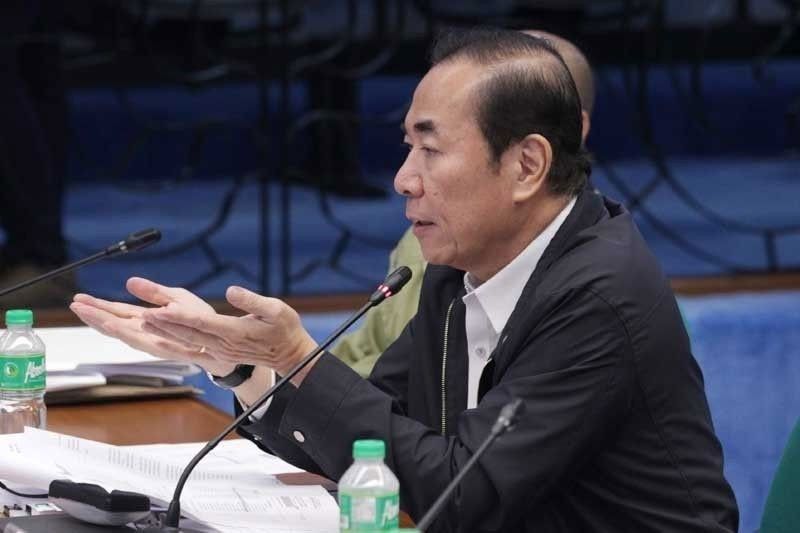Government urged to build impounding facilities

MANILA, Philippines — The government needs to focus public funds to build water impounding facilities instead of spending it on dredging activities to mitigate floods and ensure water for irrigation and households.
In an interview, Metro Pacific Water Investments Corp. president Rogelio Singson said the government should allocate funds to develop water impounding projects.
“Right now, the biggest challenge is how do we push the government to utilize whatever resources it has in terms of doing the water impounding. Because if the private sector will be the one to do it and distribution utilities are small and fragmented, the water tariff will be very high,” he said.
Earlier, the Presidential Communications Office said the estimated cost of the Department of Public Works and Highways (DPWH) for flood control projects in Metro Manila and surrounding areas has amounted to P351 billion.
President Marcos had previously backed the development of water impounding facilities.
When the Water Resources Management Office (WRMO) was created under the Department of Environment and Natural Resources (DENR) in April, the President said its plans should include the construction of water impounding facilities to reduce flood damage and make effective use of water resources.
In August, the chief executive directed the government to study the proposal to construct a water impounding facility in the Candaba swamp in Pampanga.
The project was proposed by Singson, a former DPWH secretary, to prevent floods after tropical cyclones Egay and Falcon and the southwest monsoon triggered massive flooding, which took many lives and damaged the agriculture sector.
“The permanent solution is water impounding that can reduce the flooding and at the same time utilize that water for irrigation during dry months. So that’s the direction,” Singson said.
Meanwhile, the government also needs to address the governance issue in water districts to allow private sector investments to flow into water source development, expansion and improvement of water supply facilities outside Metro Manila.
“All of the water districts need investments...The water districts are not expanding. So they need private sector support. The problem is the regulatory framework. Who will be followed, the local government or the national government? That’s the biggest issue, it relates back to governance, (which is) fragmented,” Singson said.
In one instance, he said a municipality gets water supply from different entities – water district under the Local Water Utilities Administration (LWUA), one under the local government unit (LGU), and one private company.
Singson said these entities would find it hard to survive, let alone serve their customers properly.
“I don’t know (how this governance issue will be resolved). But I know the problem is there, the solution has to be addressed,” he said.
Hopefully, this will be resolved by the WRMO, which seeks to address the country’s fragmented water and sanitation sector, increasing demand for water due to population and economic growth, impacts of climate change, lack of infrastructure and inconsistent government regulations.
The office will also serve as a transitory body pending the creation of the Department of Water
- Latest
- Trending



























